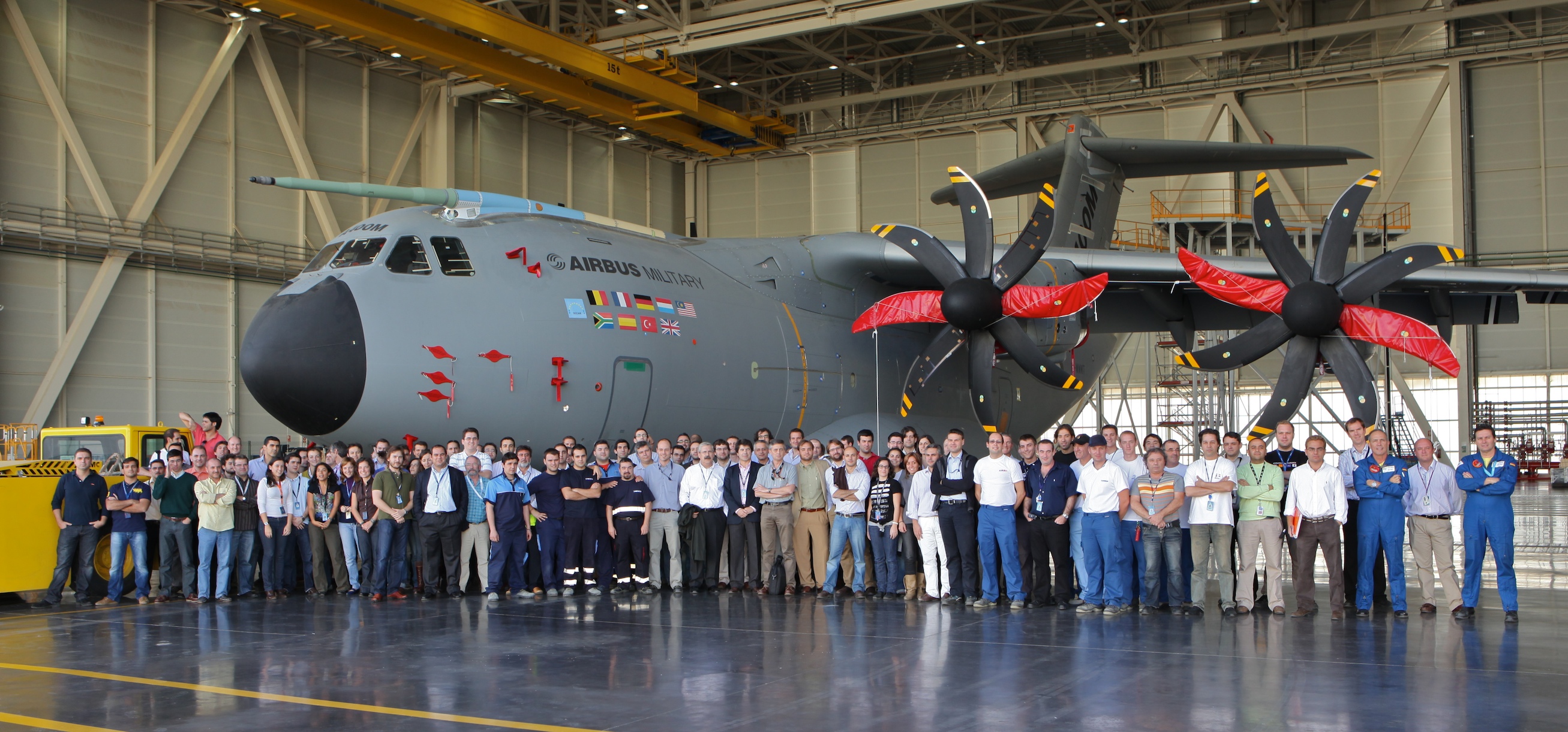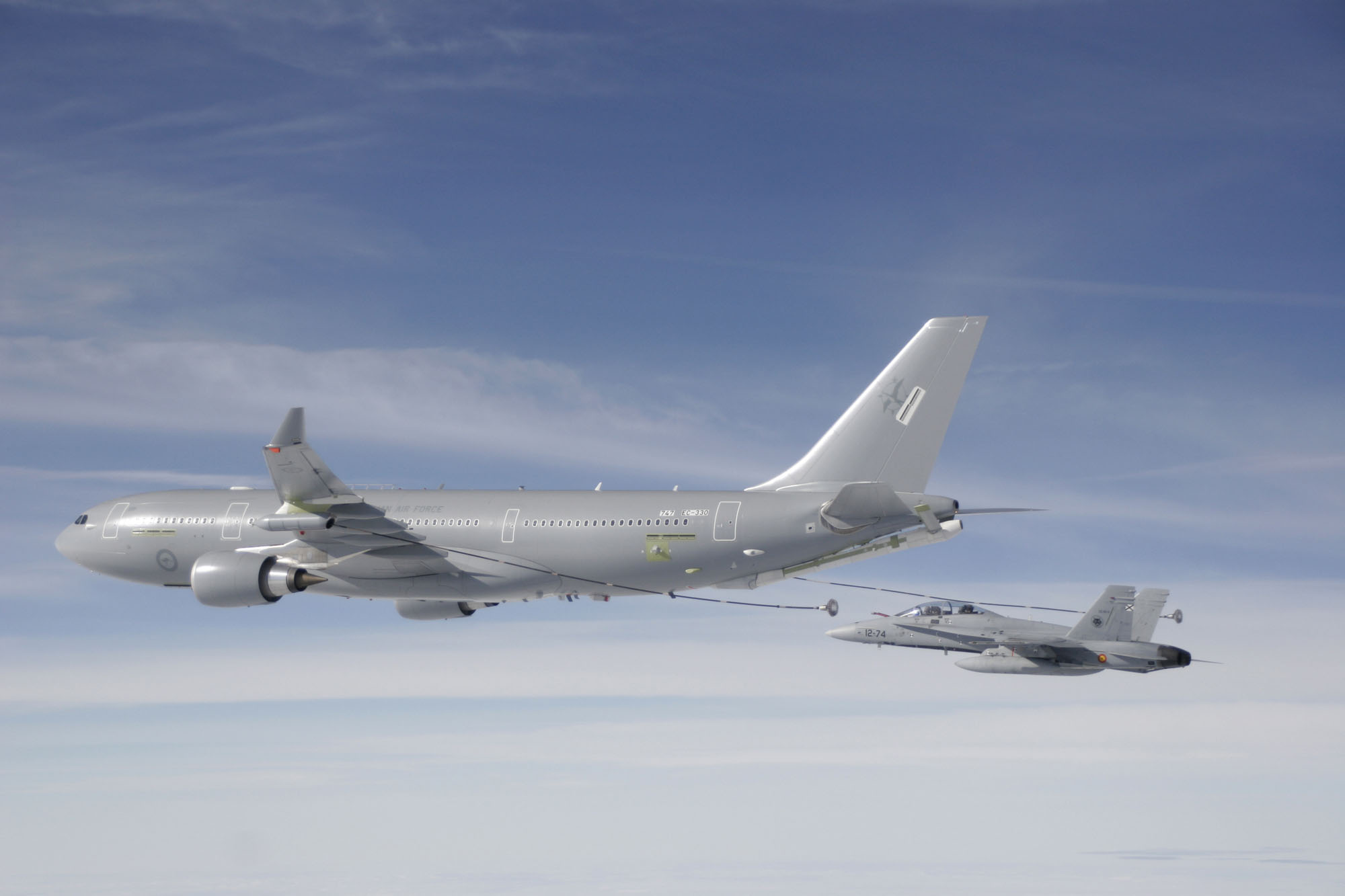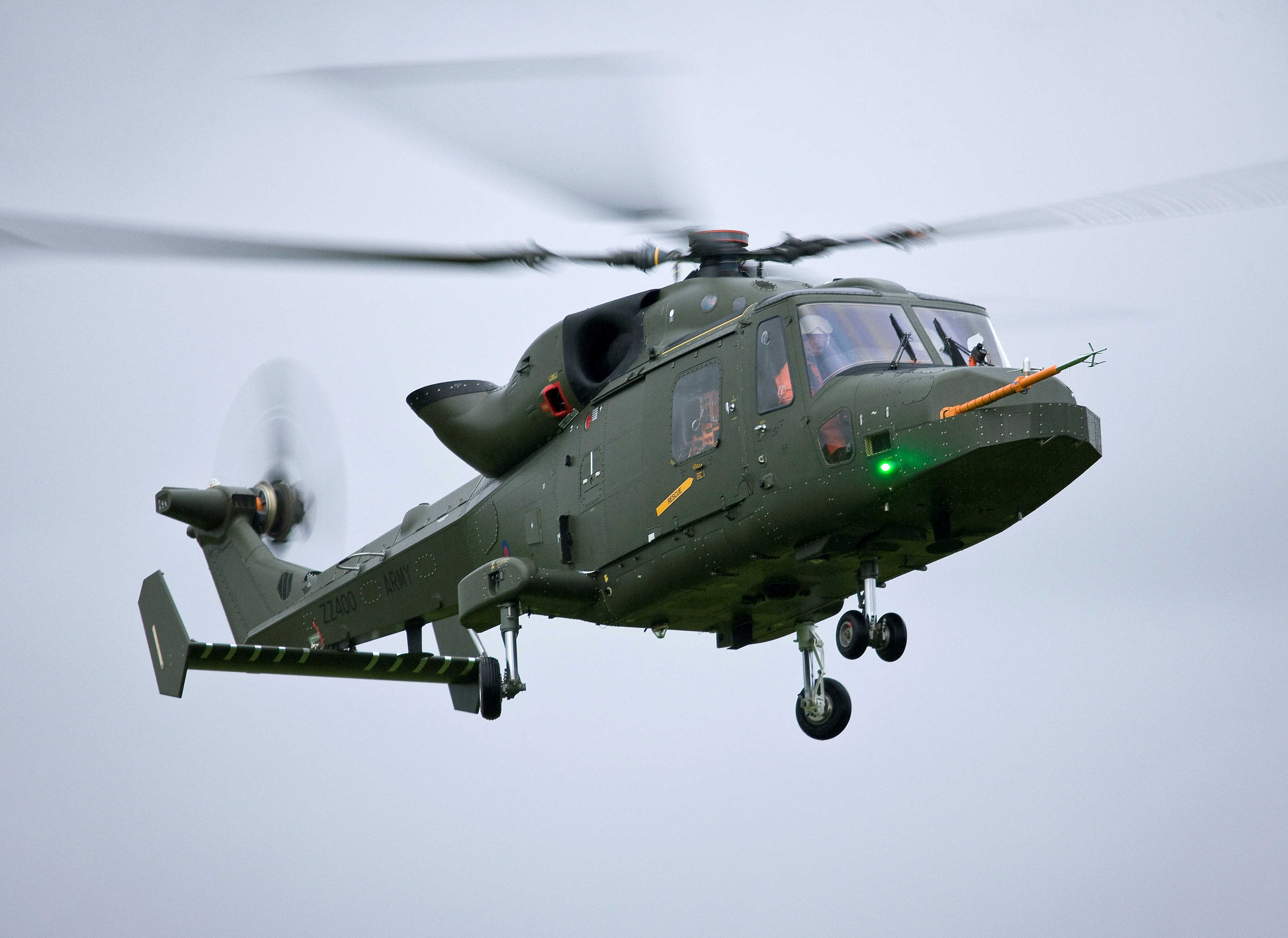Peruvian Airlines is expanding domestic service
November 16, 2009
The Peruvian privately owned startup, which launched its first flight between Lima and Arequipa at the beginning of November, has announced that it plans to expand its domestic service with a flight between Lima and Tacna which is being launched this week, as well as adding local service between Cusco-Arequipa-Tacna. The airline is operating Antonov HUV aircraft and plans further expansion to Iquitos, Chiclayo and Pucalpa.
TACA launched new flights to Orlando from San Salvador
November 16, 2009
The Avianca/TACA synergy group airline launched three time weekly nonstop service between El Salvador and Orlando, Florida on November 5. The service is being provided with Embraer 190 regional jets and provides connecting service from its hub in El Salvador to Peru and some 41 destinations in 22 countries in the region.
Pluna is acquiring additional Bombardier regional jets
November 16, 2009
Matias Campiani, CEO of the “born again” Uruguayan airline recently stated; “We want to acquire more aircraft in order to continue expanding our presence in Argentina and Uruguay”. The airline has options for eight CRJs which could be delivered in 2010. However, Matias stated he is looking at leasing one or two additional aircraft in order to have them in early 2010. He also stated the airline will be profitable by the end of 2009.
A400M begins ground tests prior to first flight
November 13, 2009
The first Airbus Military A400M has been handed over to the Airbus “Flight Test” organisation on 12 November, paving the way to the beginning of the various ground tests which are to be performed before the aircraft takes to the air before year end. The purpose of these ground tests is to verify that all aircraft systems, powerplant and flight test instrumentation work properly, in order to ensure a safe First Flight, and subsequently an efficient flight test campaign.
The ground tests include static tests and engine run-ups during which the interaction between all systems, the powerplant and the aircraft is controlled and validated. The correct operation of the telemetry system which will be subsequently used to follow the flights during the development campaign will also be checked during these ground test campaign. Following satisfactory completion of the static tests, the first taxi runs can start. These begin with low speed taxis (up to 60 kts) and brakings, and are to be followed by high speed trials with a rejected take-off at about 120 kts. During these trials, the behaviour of all systems, and the turboprop engines, as well as the reaction of the aircraft to braking and lateral control, is thoroughly checked.
After each trial a thorough analysis of the findings as well as the status of the aircraft will determine when the next trial will take place, leading to a first Take-Off before year end.
Lockheed Martin Sonar Array System for Spain’s S-80 Diesel Electric Submarines Completes In-Water Testing
November 13, 2009
Manassas, Va., Nov. 12 /PRNewswire/ — Lockheed Martin (NYSE: LMT) successfully completed in-water testing of a new cylindrical array sonar system for Spain’s S-80 class diesel electric submarines at the U.S. Navy’s Underwater Test Facility at Seneca Lake, N.Y.
The cylindrical array is the primary acoustic sensor for submerged operations. It consists of a special hydrophone configuration that is unique to every platform. Lockheed Martin designed and developed the S-80’s new array under a 2005 contract from the Spanish government to provide the submarine’s integrated combat system.
In addition to the cylindrical array sonar, the S-80’s integrated combat system also will contain a flank array sonar and a passive ranging sonar, as well as mine and obstacle detection sonar. The flank and passive ranging sonars were successfully tested in June. The sonars are designed, manufactured and assembled by Lockheed Martin’s Undersea Systems business in Manassas, Va. and Syracuse, N.Y.
The new S-80 integrated combat system leverages proven commercial technology used on the U.S. Navy’s Virginia, Seawolf and Los Angeles class submarines, as well as Lockheed Martin’s experience as the lead contractor for the U.S. Navy’s Acoustic Rapid Commercial-Off-the-Shelf (COTS) Insertion program since its inception in 1996. This experience with the Navy has influenced the company’s work on exportable versions of sonar array systems specifically for non-nuclear submarines, including Lockheed Martin’s forward and back-fit scalable International Diesel-Electric Submarine Integrated Combat System (SUBICS).
“These successful tests are important milestones towards satisfying key deliveries for the S-80 submarine program and also provide substantial risk mitigation prior to installation on the actual submarine,” explained Al Simpson, program management director, International Submarines and Coastal Systems for Lockheed Martin. “The delivery of the entire open architecture, COTS-based, integrated combat system for S-80 will usher in a new and important capability for diesel-electric submarines.”
Airbus Military A330 MRTT performs wet hose and drogue refuelling contacts with F-18
November 13, 2009
The Airbus Military A330 MRTT (Multi Role Tanker Transport) has completed another major milestone performing successfully a series of wet contacts using the new generation Cobham 905E hose and drogue refuelling pods, located under the wings. The receiver aircraft was a Spanish Air Force F/A-18A+ fighter.
This first “wet contact” using the advanced new generation pods demonstrates that the refuelling system is well integrated into the airframe, with all systems functioning satisfactorily. It also validates the fuel transfer capability of the A330 MRTT to receiver aircraft through this refuelling means, as tested on the ground in early September and with dry contacts late May.
On- Ground refuelling tests through the conventional hose and drogue system had already successfully been conducted in September, transferring more than 200 metric tonnes of fuel.
With this new achievement the A330MRTT has demonstrated a total tanking capability as both boom and pods have been tested and have transferred fuel in flight. The testing will continue to complete full system certification. This achievement is the initial step to clear the air-to air (AAR) operations for the UK’s Future Strategic Tanker Aircraft (FSTA) programme, which does implement the pod hose-and-drogue system and does not implement the boom system.
This new refuelling pod is a development of the 907E pod already in service with the Canadian and German air forces on their A310 MRTTs. The pods can each deliver up to 420 US gal/min (1600 litres/min) through a 90 ft (27.4 m) hose, and are controlled from a state-of-the-art Fuel Operator Console located in the cockpit.
During the flight a total of 6 contacts were performed, with more than 4000 kgs of fuel being transferred.
The A330 MRTT used for the exercise is the first for the Royal Australian Air Force, which is due to be handed over to the customer by mid-2010. Flight test of the second A330 MRTT for Australia was finished in Brisbane where the aircraft has been modified by Qantas and flown back to Spain to perform some final test flights jointly with the first one. The third aircraft is already in Brisbane, currently under conversion. In total, five have been ordered by the RAAF, with another 23 by three other nations, bringing the total to 28 A330 MRTTs ordered.
The A330 MRTT has been selected by the air forces of Australia, the United Kingdom, Saudi Arabia and the United Arab Emirates, and was chosen last year by the U.S. Air Force for its recapitalization of the service’s aging tanker fleet.
Dassault Falcon Increases Middle East Fleet by 60 per cent over the Past Three Years and Expects Growth to Continue
November 13, 2009
2,000th Falcon recently delivered to Middle East customer
DUBAI, United Arab Emirates, November 12 /PRNewswire/ — Dassault Falcon has delivered a total of 21 large cabin aircraft in the last three years in the Middle East – growing the regional fleet by more than 60 per cent. The Middle East Falcon fleet has continued to grow significantly in 2009 in a year in which the company achieved the milestone of delivering its 2,000th business jet – a Falcon 2000LX to Koç Holding based in Istanbul, one of the largest and fastest growing companies in Turkey. Dassault has a significant backlog of orders from the region and expects its current regional fleet of 50 aircraft to grow by more than 50 per cent in the next three years.
Despite the severe impact of the economic crisis in the US and Europe, the overall market situation now appears to have stabilized. “The level of pre-owned Falcon aircraft inventories has started to decrease,” commented John Rosanvallon, President and CEO of Dassault Falcon. “While some areas of the world have yet to show signs of recovery, regions such as Asia, South America and the Middle East are becoming more active.”
The Koç Group is representative of the vibrant growth throughout the region where strong demand for Falcon aircraft continues, thanks to the suitability of the Falcon line in meeting the demands of regional owners/operators.
“All of our models have stand up headroom and unbeatable fuel economy,” said Rosanvallon. “And with oil hovering around $80 per barrel, the efficiency of the Falcons with their comfort and performance is a compelling feature.” In particular, the 5,950 nm range Falcon 7X represents about 40 per cent of Dassault’s recent sales in the region. Its unique digital flight control system sets it apart, providing smoother flights and unmatched manoeuvring control for the flight crew. It is the only long range business jet that can be operated into and out of London City Airport and thus links the heart of the world’s largest financial center with non-stop access to the Middle East. Notable city pairs include: New York to Dubai, Jeddah to Recife or Riyadh to Perth
Regional Expansions
Dassault’s growing presence in the Middle East led to the company’s decision to establish a dedicated spare parts distribution center and a sales office in Dubai last year. The regional inventory is worth more than US$1.5 million and includes most of the high replacement items. The worldwide spare parts distribution center network – including the Dubai center and nine other locations, contributes to the Falcon fleet outstanding 98% service level.
“Dubai is unique because of the expanding Falcon fleet based there but it is also a popular stopover point for transiting aircraft flying from the Asia-Pacific region to Europe” said Jacques Chauvet, Senior Vice President, Customer Service, Dassault Falcon. “We already have 50 aircraft based in the region and this number is expected to grow significantly in the next few years. We’re currently evaluating several Authorized Service Centers (ASC) based in the middle East to expand our ASC network which already comprises 29 Falcon ASCs and 5 Factory Owned Service Centers”.
During Dubai Airshow (November 15-19, 2009) Dassault Falcon will display a Falcon 7X and a Falcon 2000LX at the static display area. Booth W310 – Chalets 42-43-44.
Sikorsky and Tata Create Joint Venture in India to Manufacture Aerospace Components
November 13, 2009
MUMBAI, India, Nov. 12 /PRNewswire-FirstCall/ — Sikorsky Aircraft Corp. and Tata Advanced Systems Limited (TASL) today announced the signing of an agreement creating a joint venture that will manufacture aerospace components for Sikorsky in India, including components for S-92® helicopter cabins. The joint venture agreement builds upon a long-term contract signed in June 2009 for TASL to assemble Sikorsky S-92® helicopter cabins. Sikorsky is a subsidiary of United Technologies Corp. (NYSE: UTX), and TASL is a wholly owned subsidiary of Tata Sons.
Both the joint venture agreement and the cabin assembly contract stem from a Memorandum of Understanding signed in February 2007 by the companies to explore the creation of aerospace operations in India. The cabin assembly contract signed in June 2009 has led to ongoing construction in Hyderabad, in the state of Andhra Pradesh, where TASL will assemble S-92 helicopter cabins starting in 2010. The new joint venture will be positioned to manufacture components for other aerospace Original Equipment Manufacturers (OEMs) as well as detailed parts for the Sikorsky S-92® helicopter cabin. It is expected that the joint venture operations will be housed in a second greenfield facility that will be constructed in Hyderabad, next to the cabin assembly building. Construction for the joint venture company’s facility is targeted for completion by 2011, with production beginning in late 2012. The formation of the joint venture is subject to the satisfaction of a number of regulatory and business conditions.
“Sikorsky’s affiliation with Tata both strengthens our supply chain and extends our globalization effort to establish significant operations in regions where the need for rotorcraft and support is great. India is certainly a key aerospace region, and we are thrilled to team with Tata and help serve and grow the business there,” said Mick Maurer, Senior Vice President of Operations for Sikorsky.
“We are happy to extend our relationship with Sikorsky to fabrication of detailed parts for the aerospace sector. This is part of our strategy to participate meaningfully in this space, and to enhance India’s capacities in this sector,” said Gen. Davinder Kumar, CEO of Tata Advanced Systems.
The joint venture agreement was signed and announced at a ceremony attended by UTC Chief Executive Officer Louis Chenevert and Tata Sons Chairman Ratan N. Tata, in addition to Maurer, Gen. Kumar and other senior executives from the companies. Chairman Tata and CEO Chenevert both noted their two companies share much in common and that continuing to build their relationship will benefit both greatly.
Both Tata and UTC are diversified enterprises with global operations and well-respected reputations. In 2008, UTC reported revenues of $58.7 billion, and Tata Group had 2007-2008 revenues of $62.5 billion. Both groups derive the majority of their revenues from outside their native countries, and both employ hundreds of thousands of people worldwide.
The New AW159 Takes To The Air
November 13, 2009
AgustaWestland, a Finmeccanica company, is pleased to announce that the first AW159 multi-role military helicopter successfully completed its maiden flight at AgustaWestland’s Yeovil facility today with AgustaWestland Chief Test Pilot, Donald Maclaine, at the controls. The aircraft completed a range of general handling checks during the flight and performed as expected. It will be joined by two further aircraft in 2010 to complete the flight testing of the AW159 and the wide range of role equipment the aircraft will carry.
Giuseppe Orsi, CEO, AgustaWestland, said “The successful first flight of the AW159 is great company achievement. Designed and developed to meet the UK MoD’s demanding requirements for a multi-role military helicopter the AW159 will be the most cost effective, capable and advanced helicopter in its class. Our highly skilled engineers and technicians can be proud to have achieved this remarkable result on schedule and on budget, so confirming our commitment to maintaining critical design, engineering and technological know-how in the UK to go on effectively supporting the MoD.”
Nick Whitney, VP UK Government Business Unit, AgustaWestland, watching the historic event said “It gives me great pleasure to see the AW159 flying exactly on schedule as we promised in June 2006 when the contract was signed. The fact the AW159 programme has achieved every major milestone on time and on budget is great testament to the Strategic Partnering Arrangement and the commitment of our supply chain. The AW159 promises to continue the remarkable success the Lynx has achieved in service worldwide and we, along with our partners, are now focused on completing the development of the aircraft and delivering the first aircraft in 2011.”
The maiden flight of the AW159, which will be known as Lynx Wildcat in UK military service, marks a major milestone in the development of this new six-ton multi-role military helicopter, 62 of which have been ordered by the UK Ministry of Defence for the Army and Royal Navy, to perform both land and maritime missions. The first aircraft will be delivered in 2011 with the aircraft becoming fully operational with the Army in 2014 and the Royal Navy in 2015. The British Army’s AW159 Lynx Wildcat will perform a wide range of tasks on the battlefield including reconnaissance, command and control, transportation of troops and materiel, and the provision of force protection. The Royal Navy variant will provide an agile maritime capability providing anti-surface warfare capability and force protection and will operate in support of amphibious operations and be an important element in defending ships against surface threats. There will be a high degree of commonality between the Army and Royal Navy helicopters that will mean that an aircraft can switch roles easily, principally through the changing of role equipment.
The AW159 is powered by two new generation CTS800 engines, each capable of continuously producing 1281 shp giving the aircraft exceptional hot and high performance. The aircraft has an all up mass of 5790 kg with a built in capability to increase that to 6250 kg. The cockpit includes a fully integrated display system utilising four 10�8 inch primary displays. Sensors include a nose mounted IR/TV imager with built in laser designator and for the maritime variant the Selex Galileo 7400E 360 degree active array radar. The AW159 also has a comprehensive integrated defensive aids suite comprising a missile warning system, radar warning receivers and a countermeasures dispensing system. Additionally the AW159 will e capable of carrying a range of weapons including machine guns, torpedoes, depth charges and the Future Anti-Surface Guided Weapon (FASGW).
Airbus highlights Corporate Jet family at Dubai 2009
November 13, 2009
Airbus’ Corporate Jetliner (ACJ) Family will be a highlight of the Dubai show, giving high net-worth individuals, companies and governments in the region the opportunity to experience the unmatched comfort and space that it brings to private travel.
The Airbus ACJ on display[1] is one of several that are available for VVIP charter, delivering privacy, comfort and convenience in an affordable way.
“Our Airbus ACJ Family aircraft will bring greater comfort and space to a broader Middle East market through VVIP charters,” says Dr Mark Pierotti, Chief Operating Officer of AJA[2], which will begin flying the first of these aircraft, an A318 Elite, in the coming months. “Whether you want a cost-effective way to fly family or executives, to move a larger delegation than traditional business jets can handle, or just the comfort and peace of mind that you get in your own aircraft, AJA can provide it,” he adds.
AJA is the first Middle East-based operator to select Airbus ACJ Family aircraft for VVIP charters, and has already ordered four A318 Elites and two Airbus ACJs.
“You enjoy comfort, space and privacy at home and, unlike smaller bizjets, you can take them with you when you fly in an Airbus corporate jet,” highlights Airbus Chief Operating Officer, Customers John Leahy. “Companies such as AJA are well placed to provide this unmatched space and comfort and, despite a challenging world economy, demand for top-end VVIP charters is holding up well,” he adds.
Not all business jets are the same, as the Airbus ACJ Family demonstrates with its much wider, taller and nicer cabin, which is almost twice as wide as that of even the largest traditional business jets from other manufacturers.
Customers experience this for themselves at the Dubai show, which provides an ideal opportunity to make a side-by-side comparison of the cramped cabins of traditional jets and the open and airy living space of the Airbus ACJ Family.
As part of the world’s most modern airliner product-line, the Airbus ACJ Family is the only one that is truly young at heart throughout, with the newest fuel-saving aerodynamic design, the latest weight-saving structure, and reliable state-of-the-art systems and controls – including the new industry standard, fly-by-wire.
The Airbus ACJ Family comprises the A318 Elite, ACJ and A320 Prestige, and is complemented by VIP versions of the company’s widebodies, which offer even more space and comfort, as well as “non-stop to the world” range. More than 160 Airbus corporate jets have been sold worldwide.
<











